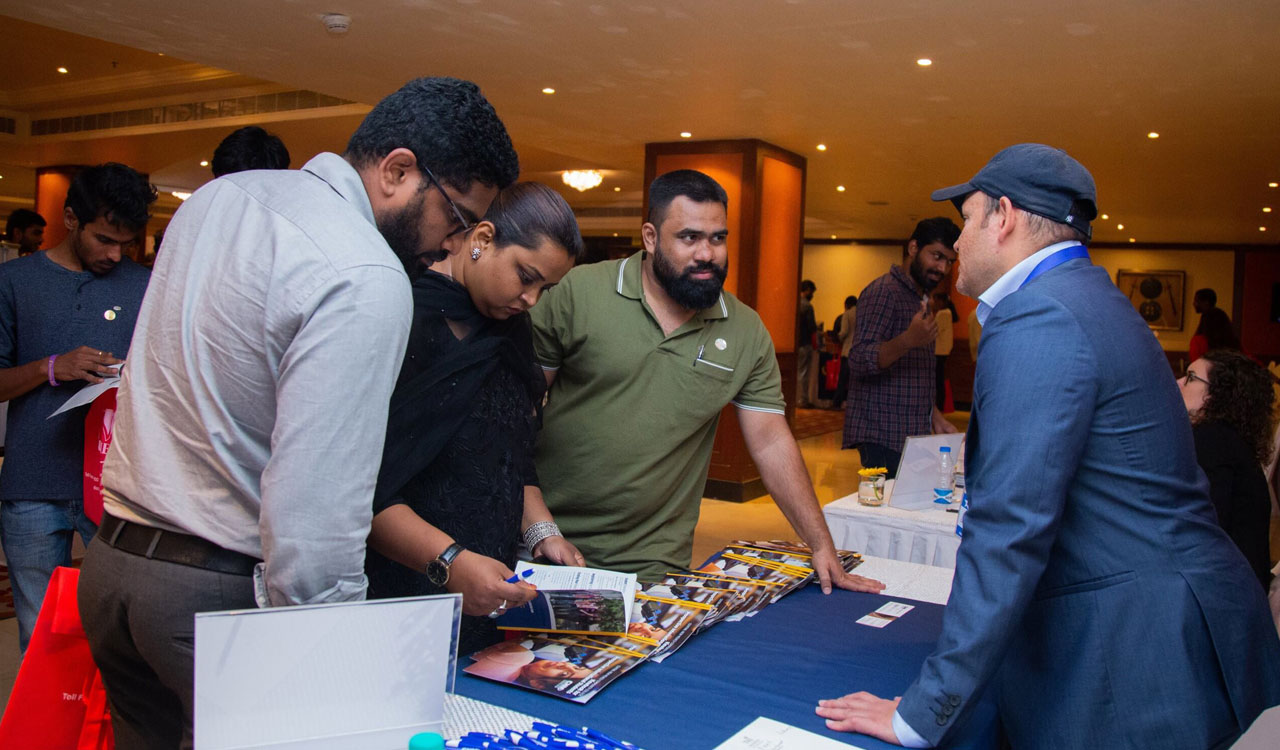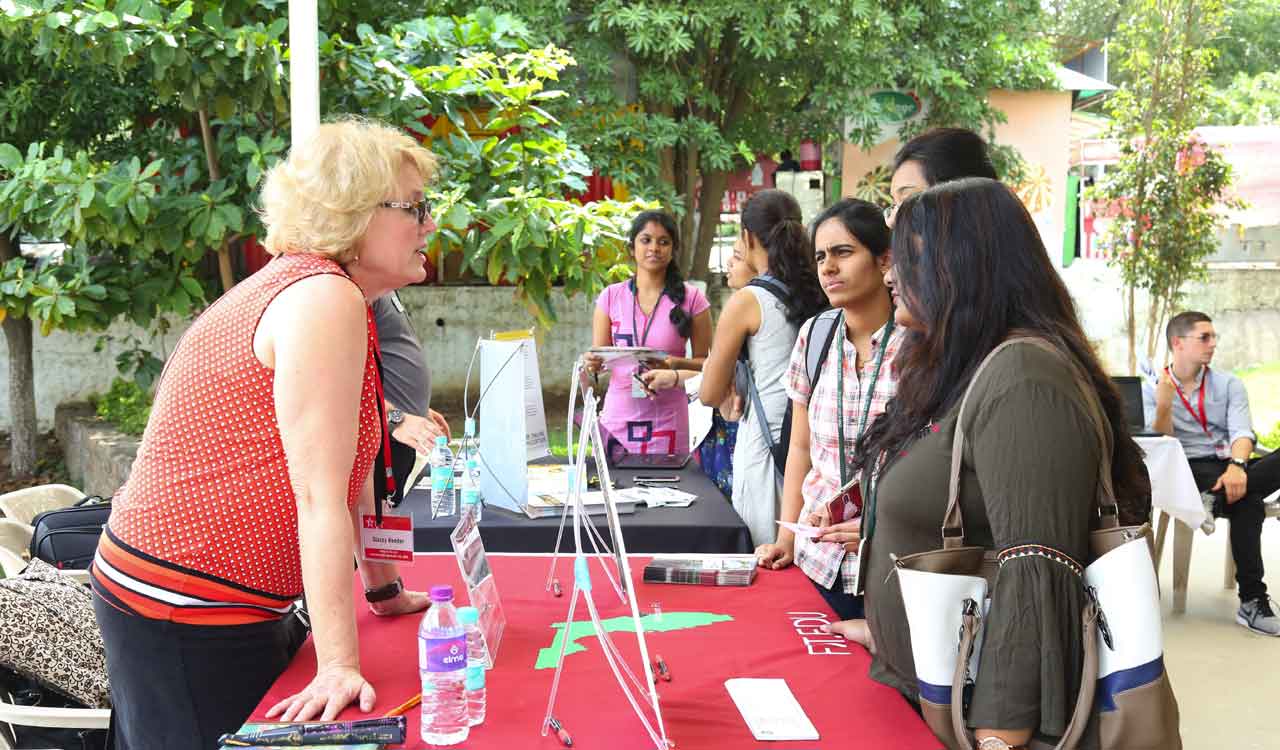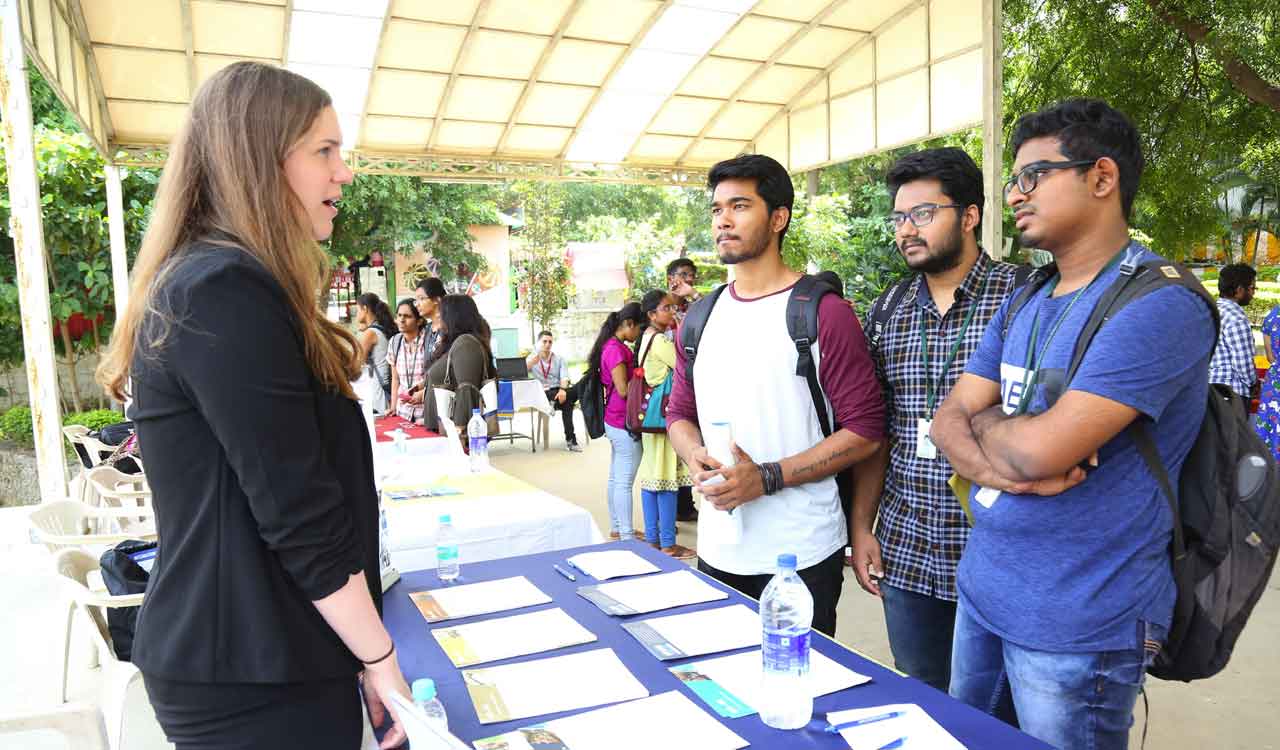CPT and OPT in the United States: A practical guide for international students
while Curricular Practical Training (CPT) and Optional Practical Training (OPT) offer valuable hands-on experience, it is essential to keep in mind that as an international student on an F-1 visa, your primary goal should remain academic achievement

For many Indian students, studying in the United States represents an aspirational opportunity, offering a wide range of programs, specializations, and access to state-of-the-art facilities.
The teaching philosophy within U.S. higher education emphasizes not only the acquisition of key concepts and skills in the classroom but also provides students with the invaluable opportunity to apply these skills in real-world settings through practicum opportunities.
However, while Curricular Practical Training (CPT) and Optional Practical Training (OPT) offer valuable hands-on experience, it is essential to keep in mind that as an international student on an F-1 visa, your primary goal should remain academic achievement.
These training programs should be viewed as extensions of your education, allowing you to apply what you’ve learned in a professional context without losing sight of the importance of your academic growth.
These programs allow eligible international students and recent graduates to apply the skills they have acquired during their studies to real-world situations.
As an F-1 student, you have the opportunity to gain practical training either during or after the completion of your academic program. While navigating the complexities of these training opportunities can be challenging, EducationUSA is here to help clarify and guide you through the process.
What is CPT:
Curricular Practical Training is an internship, cooperative education, or any other authorization that allows international students to get practical experience directly related to their major and fulfills curricular requirements.
As an international student, you don’t have to change your nonimmigrant status but work closely with your Designated School Official (DSO) to ensure that you receive proper authorization for CPT on your updated I-20 form.
CPT is available to international students who have completed one year of academic study (exceptions may apply to graduate students whose program requires an immediate CPT) and involves practical training integrated into the curriculum.
A work authorization offer is required from a sponsoring employer that is part of the curriculum. It can be full time (over 20 hours per week) or part time depending on your program of study. However, pursuing a full time CPT will disqualify you from going for an OPT.
What is OPT:
Optional Practical Training is a practical form of training, often paid, to gain hands-on experience in a particular field of study. Unlike the CPT, an OPT doesn’t have to be directly related to your course and can be used during (pre-completion OPT) or after the completion of your academic program (post-completion OPT).
As part of OPT, you must request an approval from your DSO with a new Form I-20, and then file the Form I-765. Once the application for employment authorization is approved by the U.S. Citizenship and Immigration Services (USCIS), the Form I-766 is issued.
You can begin working only after the start date mentioned on your EAD card. You need to receive this Employment Authorization Document from USCIS before beginning your practical training. As an F-1 student, you are eligible for an OPT up to a year.
For students in the STEM fields, STEM OPT extensions are a possibility that students can explore. It is important to note that you can apply for OPT without securing employment and one can work up to 20 hours per week during the semester/quarter.
Overcoming Challenges and Tips to Succeed
• Begin the application process early on to avoid delays in the processing of documents from the USCIS. Work within the limits of your authorization to minimize any risks of jeopardizing your visa status.
• It is also important to stay abreast of your deadlines. For OPT, you can apply up to 90 days before completing your program and no less than 90 days post the completion of your studies.
• It is also essential to stay connected with your DSO and career services to identify and navigate complex compliances. Do check updates from USCIS for any new changes/regulations.
• Network extensively to secure more opportunities, and keep records of the job descriptions and offer letters for compliance purposes.
CPT and OPT are important tools for leveraging the gap between academic learning and professional success. Strategic planning, and staying in compliance with visa regulations are essential to make the most of one’s educational experience in the United States.
For any further help, reach out to your nearest EducationUSA Center and access more information on practical training opportunities here: https://www.ice.gov/sevis/practical-training.
Additional Resources:
1. Training opportunities in the United States: https://studyinthestates.dhs.gov/students/training-opportunities-in-the-united-states
2. USCIS Work Authorization: https://www.uscis.gov/i-765
3. Study in the States: https://studyinthestates.dhs.gov/
4. Guidance on Social Security Numbers for non citizens: https://www.ssa.gov/pubs/EN-05-10096.pdf
5. Tulane University: https://oiss.tulane.edu/
6. University of Illinois Urbana Champaign: https://isss.illinois.edu/
Related News
-
Cartoon Today on December 25, 2024
7 hours ago -
Sandhya Theatre stampede case: Allu Arjun questioned for 3 hours by Chikkadpallly police
8 hours ago -
Telangana: TRSMA pitches for 15% school fee hike and Right to Fee Collection Act
8 hours ago -
Former Home Secretary Ajay Kumar Bhalla appointed Manipur Governor, Kerala Governor shifted to Bihar
8 hours ago -
Hyderabad: Organs of 74-year-old man donated as part of Jeevandan
8 hours ago -
Opinion: The China factor in India-Nepal relations
8 hours ago -
Editorial: Modi’s Kuwait outreach
8 hours ago -
Telangana HC suspends orders against KCR and Harish Rao
9 hours ago




